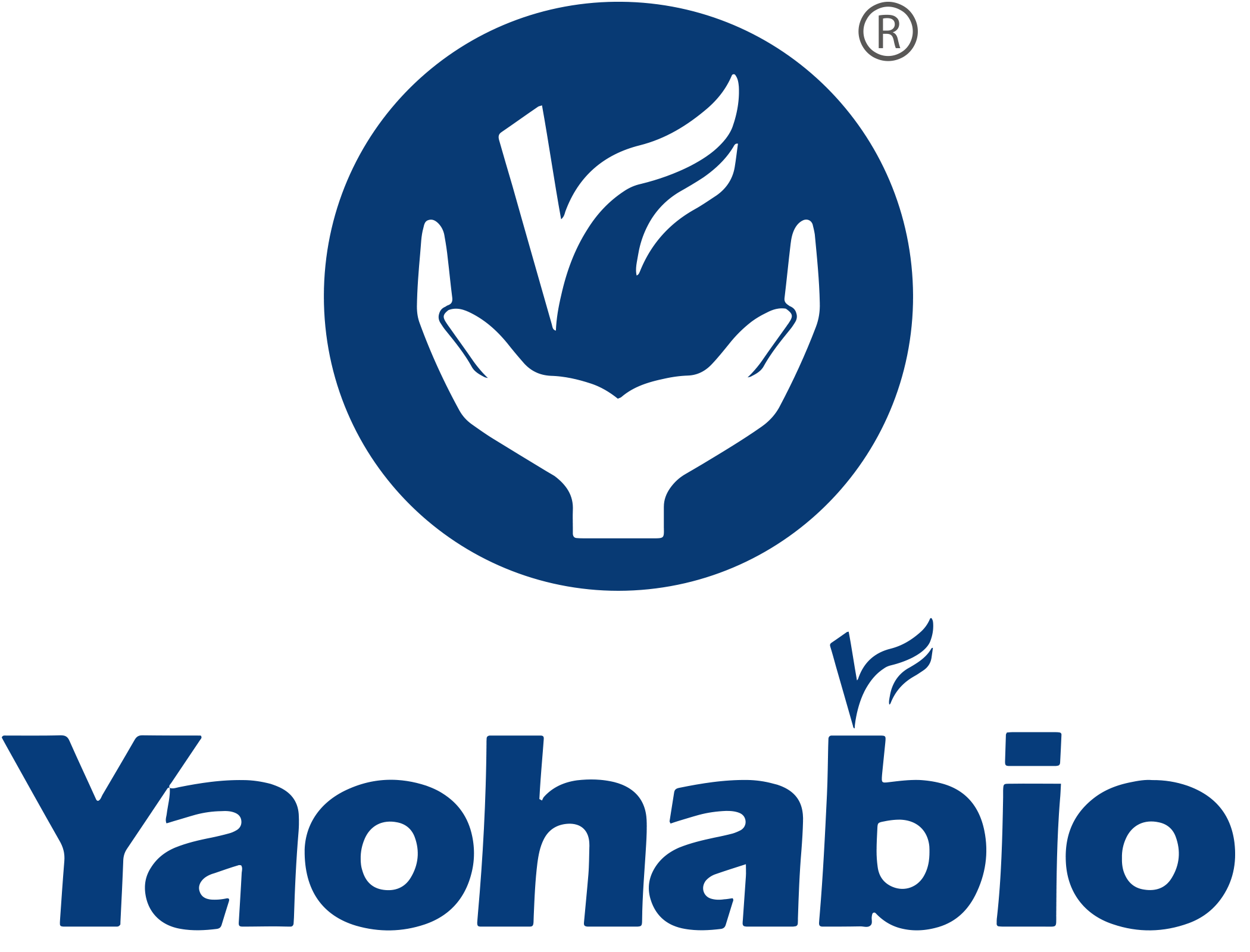Quality Control and Applications of Recombinant Proteins
Quality control of recombinant proteins is crucial for the reliability and reproducibility of experimental data. Every step, from project design to production process, requires stringent quality control strategies.
Quality Control Strategies
The industrial sector adheres to strict standard operating procedures, while the academic community needs to enhance professional knowledge to improve data reproducibility. Proteins with specific biological applications or biochemical characteristics require tailored quality control (QC) strategies.
Challenging Examples and Solutions
Yaohai Bio-Pharma boasts extensive experience in recombinant protein production and purification, coupled with a team of experts, ensuring that your protein production is completed with high purity. Leveraging our experience from hundreds of projects, Yaohai kindly summarizes how to optimize protein purification.
Nucleic Acid-Binding Proteins: Nucleic acid removal steps, such as nucleases or PEI precipitation, are necessary. The A260nm/A280nm ratio is monitored to detect nucleic acid contamination.
Mouse Ferritin Heavy Chain 1 for cryo-EM: Purification steps need to be optimized, and nucleases need to be added to reduce the A260nm/A280nm ratio and ensure protein purity.
Chimeric Protein Human dsRBEC: Cell lysis uses` a buffer containing urea, followed by on-column refolding to obtain functionally active proteins.
Proteins Binding Divalent Cations: Specific divalent cations must be added during expression and purification, and chelating agents should be avoided.
Iron-Sulfur Proteins: Imidazole should be avoided to prevent disruption of the [2Fe ± 2S] cluster, ensuring correct protein folding and function.
Soluble Fragment of LLT1: Mutant design optimizes disulfide bond formation and protein folding, resulting in stable and high-yield proteins.
CLK1 Kinase Crystallization: Co-expression with λ-phosphatase removes phosphates from phosphorylation sites, and size exclusion chromatography (SEC) and anion exchange chromatography are used to obtain homogeneous CLK1 without heterogeneous phosphorylation.
Proteins for Antigen Use: Purity assessment is necessary to avoid contamination with highly immunogenic proteins. For structural epitope antibodies, the three-dimensional conformation of the antigen must be maintained.
Aggregation-Prone Proteins: Strategies such as screening different strains and lowering cultivation temperatures are employed to limit aggregation issues, and rapid purification strategies are designed.
Endotoxin Removal: Methods like positive charge chromatography and polycation ligand affinity chromatography remove endotoxins, ensuring LPS levels are below application limits.
Protein Complexes: Subunits are expressed separately and assembled in vitro or co-expressed to form functional complexes. Complex integrity is evaluated by homogeneity and molar mass.
Conclusion
Protein production starts with strategic design, considering biochemical traits and applications. During expression, purification, and QC, conditions and methods are optimized for stability, non-aggregation, and native state. Purified proteins serve various downstream uses, like biophysical characterization.
Yaohai Bio-Pharma is also actively seeking institutional or individual global partners and offers the most competitive compensation in the industry. If you have any questions, please feel free to contact us: [email protected]
Hot News
-
Yaohai Bio-Pharma Passed EU QP Audit and Attains ISO Triple Certification
2024-05-08
-
BiotechGate, Online
2024-05-13
-
2024 WORLD VACCINE CONGRESS Washington
2024-04-01
-
CPHI North America 2024
2024-05-07
-
BIO International Convention 2024
2024-06-03
-
FCE COSMETIQUE
2024-06-04
-
CPHI Milan 2024
2024-10-08

 EN
EN
 AR
AR
 HR
HR
 CS
CS
 DA
DA
 NL
NL
 FI
FI
 FR
FR
 DE
DE
 EL
EL
 IT
IT
 JA
JA
 KO
KO
 NO
NO
 PL
PL
 PT
PT
 RO
RO
 RU
RU
 ES
ES
 SV
SV
 IW
IW
 ID
ID
 LV
LV
 LT
LT
 SR
SR
 SK
SK
 SL
SL
 UK
UK
 VI
VI
 ET
ET
 HU
HU
 TH
TH
 TR
TR
 FA
FA
 AF
AF
 MS
MS
 BE
BE
 MK
MK
 UR
UR
 BN
BN

